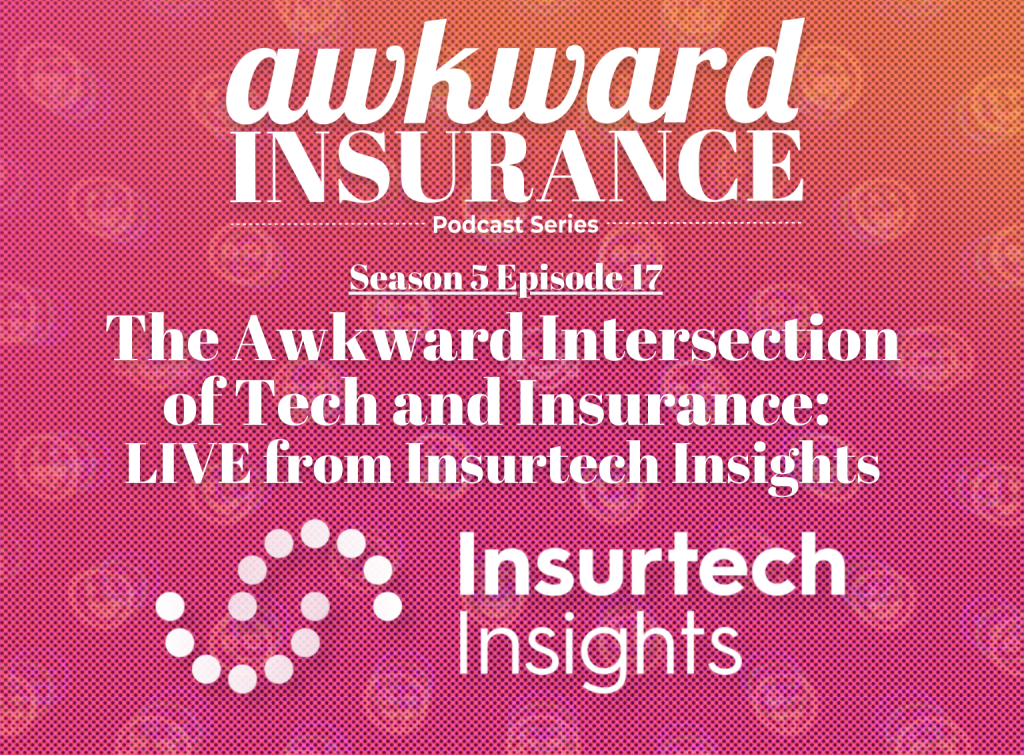Like other countries with advanced industries, the United States has seen many changes in employee benefits over the years. These benefits have gone from basic health care to pet insurance. With the idea of paid time off growing from a simple concept to acts like the Family and Medical Leave Act and remote work. Employee benefits keep changing in ways we both expect and don’t expect.
Employee benefits are the extra perks an employer gives in addition to pay. These can include things like retirement plans, disability benefits, and life insurance. Most people with jobs see the value of these benefits. Many people looking for jobs will also compare benefit packages before deciding on a job. The perceived value of these benefits is also apparent in many employee surveys.
It’s important to note that employee benefits also give advantages to employers. This is especially true in the competitive business world of the United States. Understanding the evolution of employee benefits and why they are important to both employers and employees is essential for all employee benefits personnel.
This interactive timeline illustrates the history of employee benefits in the United States. It shows how laws have changed these benefits over time, the impact of specific legislation, and how labor unions helped shape the benefits we have today.

As industrialization spreads, people move to big cities to work in factories.
Some big companies try to offer basic protections to workers, such as early forms of retirement plans and health insurance.

The US government passes the Revenue Act of 1921.
This law prevents employee retirement plan contributions from being taxed and brings about retirement plans funded by employers.

The Great Depression starts.
Highlighting the country’s labor problems and the financial insecurity of elderly Americans.
Labor unions start to push for more retirement benefits.

The US government passes the Social Security Act of 1935.
This requires workers and employers to pay a payroll tax in return for retirement income.

The US enters World War II.
This changes how people feel about retirement incentives and tax benefits for workers.

The US government passes the Wage and Salary Act of 1942.
Setting wage limits for employers. As a result, employers start to offer health benefits to make up for the wage limits.

Sections 105 and 106 of the Internal Revenue Code are set.
They state that an employer’s contribution to health insurance is not taxable to the employee. Insurance benefit payments are not included in an employee’s gross income.

More and more people join labor unions.
This has a big impact on employee benefits and helps set up pensions for many workers.

The US government passes the Employee Retirement Income Security Act (ERISA).
This sets minimum standards for most retirement and health plans in private companies. It also creates the Pension Benefit Guaranty Corporation.

The Consolidated Omnibus Budget Reconciliation Act (COBRA)
COBRA gives workers and their families who lose their health benefits the right to choose to continue group health benefits provided by their group health plan for limited periods of time.

The Newborns’ and Mothers’ Health Protection Act
The Newborns’ Act requires that group health plans that offer maternity coverage pay for at least a 48-hour hospital stay following childbirth (96-hour stay in the case of Cesarean section).

The Women’s Health and Cancer Rights Act
This act includes protections for individuals who elect breast reconstruction in connection with a mastectomy.

The Mental Health Parity and Addiction Equity Act (MHPAEA)
A federal law that generally prevents group health plans and health insurance issuers that provide mental health or substance use disorder (MH/SUD) benefits from imposing less favorable benefit limitations on those benefits than on medical/surgical benefits.

The Genetic Information Nondiscrimination Act
Prohibits discrimination on the basis of genetic information with respect to health insurance and employment.

Michelle’s Law
Michelle’s Law requires employer-sponsored plans to allow college students to take a medically necessary leave of absence from school for up 12 months.

Patient Protection and Affordable Care Act (Affordable Care Act)
Despite potential challenges and various laws and rules, employers continue to offer robust employee benefit plans. Employers are also giving employees access to voluntary employee paid benefits that include pre-paid legal services, accident and critical illness programs, long term care, and even pet insurance.
The History and Evolution of Employee Benefits course offers more insight about the benefits required by law and examines the advantages (and disadvantages) of including voluntary offerings in employee benefits programs. The self-paced course also reviews Social Security and other retirement benefits, the requirements for unemployment compensation, and eligibility under the Family and Medical Leave Act.














































